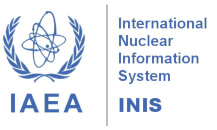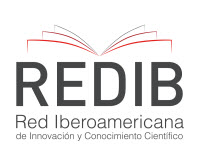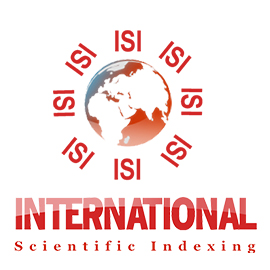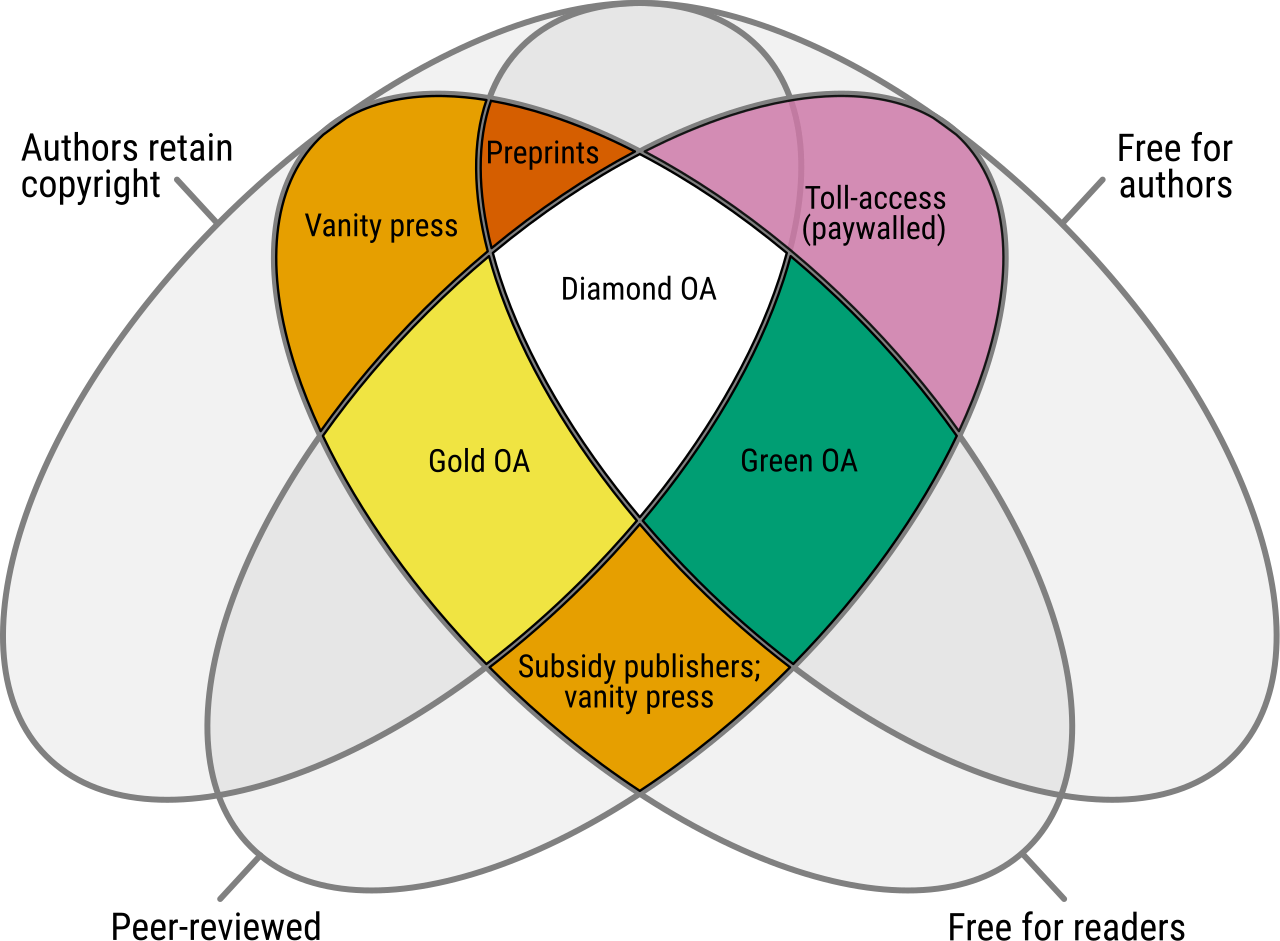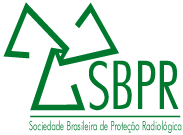Análisis sobre la percepción del riesgo radiológico entre estudiantes universitarios de San Carlos de Bariloche y expertos en protección radiológica de Argentina
DOI:
https://doi.org/10.15392/2319-0612.2024.2234Palabras clave:
radiación, medicina, salud, comunicaciónResumen
La percepción del riesgo radiológico debe ser estudiada por especialistas en comunicación y protección radiológica, teniendo en cuenta variables sociales, culturales y de ingeniería. Se realizó una encuesta anónima y voluntaria para indagar sobre la percepción del riesgo radiológico entre estudiantes universitarios y expertos en protección radiológica de Argentina, y conocer cómo se percibe en comparación con otros riesgos para la salud. Se diseñó un cuestionario específico de quince preguntas que incluía variables sociodemográficas y preguntas sobre clima laboral, percepción y comunicación de riesgos. Para la mayoría de las preguntas se utilizó una escala tipo Likert de cinco puntos. Se pidió a los encuestados que compararan los riesgos radiológicos en medicina con otros riesgos (ej.: fumar, deportes, actividades de ocio, estrés). En la investigación participaron 10 (38.5%) expertos, 25 (45%) estudiantes de física e ingeniería y 40 (100%) estudiantes de licenciatura en producción de bioimágenes. Los resultados se analizaron en función de la trayectoria profesional o académica. Aunque los participantes consideraron la exposición a la radiación em medicina como una actividad de bajo riesgo, los resultados mostraron un desacuerdo sobre la percepción del riesgo de radiación en situaciones particulares (ej.: vivir cerca de una central nuclear, capacitación en protección radiológica en la universidad) y sobre el riesgo radiológico y estrategias de comunicación. No existe una percepción del riesgo correcta o incorrecta; sin embargo, queda mucho trabajo por hacer para lograr un acuerdo entre la percepción del riesgo radiológico y la evaluación del mismo debido a la exposición a la radiación en medicina. Debería incluir el trabajo sobre el diseño de políticas públicas enfocadas a la formación en protección radiológica del personal de salud y en investigación clínica de físicos médicos y especialistas en protección radiológica, fortaleciendo las capacidades y canales de comunicación.
Descargas
Referencias
HALL, E. J. Lessons we have learned from our children. Pediatr Radiol, v. 32(10), p. 700-706, 2002, doi: 10.1007/s00247-002-0774-8. DOI: https://doi.org/10.1007/s00247-002-0774-8
METTLER, F. A. Medical effects and risks of exposure to ionising radiation. J Radiol Prot, v. 32(1):N9-N13, doi: 10.1088/0952-4746/32/1/N9. DOI: https://doi.org/10.1088/0952-4746/32/1/N9
FRUSH, D.; DENHAM, C. R.; GOSKE, M. J.; et al. Radiation protection and dose monitoring in medical imaging: a journey from awareness, through accountability, ability and action… but where will we arrive? J Patient Saf, v. 9(4), p. 232-238, doi: 10.10987/PTS.0b013e3182a8c2c4, 2013. DOI: https://doi.org/10.1097/PTS.0b013e3182a8c2c4
PEARCE, M. S.; SALOTTI, T. L.; LITTLE, M. P; et al. Radiation exposure from CT scans in childhood and subsequent risk of leukaemia and brain tumors: a retrospective cohort study. Lancet, v. 380(9840), p. 499-505, doi: 10.1016/S0140-6736(12)60815-0, 2012. DOI: https://doi.org/10.1016/S0140-6736(12)60815-0
LINET, M. S.; SLOVIS, T. L.; MILLER, D. L.; et al. Cancer risks associated with external radiation from diagnostic imaging procedures. CA Cancer J Clin, v. 62(2), p. 75-100, doi:10.3322/caac.21132, 2012. DOI: https://doi.org/10.3322/caac.21132
AVEN, T. Risk assessment and risk management: Review of recent advances on their foundation. Eur J Oper Res, v. 253(1), p. 1-13, doi: 10.1016/j.ejor.2015.12.023, 2016. DOI: https://doi.org/10.1016/j.ejor.2015.12.023
LUPTON, D. Risk and emotion: towards an alternative theoretical perspective. Health, Risk & Society, v. 15(8), p. 634-647, doi: 10.1080/13698575.2013.848847, 2013. DOI: https://doi.org/10.1080/13698575.2013.848847
SJÖBERG, L.; HOLM, L-E.; ULLÉN, H; et al. Tanning and risk perception in adolescents. Health, Risk & Society, v. 6(1), p. 81-94, doi: 10.1080/1369857042000193020, 2004. DOI: https://doi.org/10.1080/1369857042000193020
SLOVIC, P. The perception of risk. Earthscan Publications, London, 2000.
WITTE, K. Putting the fear back into fear appeals: The extended parallel process model. Communications Monographs, v. 59(4), p. 329-349, doi: 10.1080/03637759209376276, 1992. DOI: https://doi.org/10.1080/03637759209376276
ROGERS, R. W. A protection motivation theory of fear appeals and attitude change. J Psychol, v. 91(1), p. 93-114, doi: 10.1080/00223980.1972.9915803,1975. DOI: https://doi.org/10.1080/00223980.1975.9915803
ROSENSTOCK, I. M. Historical origins of the health belief model. Health Education & Behavior, v. 2(4), p. 328-335, doi: 10.1177/109019817400200403, 1974. DOI: https://doi.org/10.1177/109019817400200403
SLOVIC, P.; FLYNN, J.; MERZ, C. K.; et al. Nuclear Power and the Public. A Comparative Study of Risk Perception in the United States and France. In: Cross-Cultural Risk Perception. A Survey of Empirical Studies. Kluwer Academic Publishers, June 1999. DOI: https://doi.org/10.1007/978-1-4757-4891-8_2
BRADY, J. T. Health risk perceptions across time in the USA. J Risk Res, v. 15(6), p. 547-563, doi: 10.1080/13669877.2011.643476, 2012. DOI: https://doi.org/10.1080/13669877.2011.643476
LYNG, S. Existential transcendence in late modernity: edgework and hermeneutic reflexivity. Hum Stud, v. 35, p. 401-414, doi: 10.1007/s10746-012-9242-0, 2012. DOI: https://doi.org/10.1007/s10746-012-9242-0
TULLOCH, J.; LUPTON, D. Risk is part of your life: risk epistemologies among a group of Australians. Sociology, v. 36(2), p. 317-334, doi: 10.1177/0038038502036002005, 2003. DOI: https://doi.org/10.1177/0038038502036002005
LUPTON, D.; TULLOCH, J. “Life would be pretty dull without risk”: voluntary risk-taking and its pleasures. Health, Risk & Society, v. 4(2), p. 113-124, doi: 10.1080/13698570220137015, 2002. DOI: https://doi.org/10.1080/13698570220137015
PERKO, T. Radiation risk perception: A discrepancy between the experts and the general population. J Environ Radioact, v. 133, p. 86-91, doi: 10.1016/j.envrad.2013.04.005, 2014. DOI: https://doi.org/10.1016/j.jenvrad.2013.04.005
SLOVIC, P. Perception of risk from radiation. Radiat Prot Dosim, v. 68(3-4), p. 165-180, doi: 10.1093/oxfordjournals.rpd.a031860, 1996. DOI: https://doi.org/10.1093/oxfordjournals.rpd.a031860
BAERLOCHER, M. O.; DETSKY, A. S. Discussing radiation risks associated with CT scans with patients. JAMA, v. 304(19), p. 2170-2171, doi: 10.1001/jama.2010.1591, 2010. DOI: https://doi.org/10.1001/jama.2010.1591
RICKETTS, M. L.; BAERLOCHER, M. O.; ASCH, M. R; et al. Perception of radiation exposure and risk among patients, medical students, and referring physicians at a tertiary care community Hospital. Can Assoc Radiol J, v. 64(3), p. 208-212, doi: 10.1016/j.carj.2012.05.002, 2013. DOI: https://doi.org/10.1016/j.carj.2012.05.002
SJÖBERG, L.; DROTTZ-SJÖBERG, B-M. Knowledge and Risk Perception Among Nuclear Power Plant Employees. Risk Anal, v. 11(4), p. 607-618, doi: 10.1111/j.1539-6924.1991.tb00650.x, 1991. DOI: https://doi.org/10.1111/j.1539-6924.1991.tb00650.x
RENNER, B.; GAMP, M.; SCHMÄLZLE, R.; et al. Health Risk Perception. International Encyclopedia of the Social and Behavioral Sciences: Second Edition, https://doi.org/10.1016/B978-0-08-097086-8.14138-8, 2015. DOI: https://doi.org/10.1016/B978-0-08-097086-8.14138-8
WEENINK, D.; BRÖER, C.; BOERSMA, J. How health risks prevention shapes collective identities: a micro-sociological approach. Health, Risk & Society, v. 17:5-6, p. 420-438, doi: 10.1080/13698575.2015.1115006, 2015. DOI: https://doi.org/10.1080/13698575.2015.1115006
BÆKSTED, C. W.; NISSEN, A.; KNOPP, A. S.; et al. Patient’s experience of communication and handling of symptomatic adverse events in breast cancer patients receiving adjuvant chemotherapy. Res Involv Engagem, v. 5(36), doi: 10.1186/s40900-019-0171-1, 2019. DOI: https://doi.org/10.1186/s40900-019-0171-1
CHUA, G. P.; TAN, H. K.; GANDHI, M. What information do cancer patients want and how well are their needs being met? Ecancermedicalscience, v. 12:873, doi: 10.3332/ecancer.2018.873. PMID: 30483353M; PMCID: PMC6214674, 2018. DOI: https://doi.org/10.3332/ecancer.2018.873
SHAVERDIAN, N.; YEBOA, D. N.; GARDNER, L.; et al. Nationwide Survey of Patient’s Perspectives Regarding Their Radiation and Multidisciplinary Cancer Treatment Experiences. J Oncol Pract, v. 15(12):e1010-e1017, doi: 10.1200/JOP.19.00376, 2019. DOI: https://doi.org/10.1200/JOP.19.00376
RIBEIRO, A.; HUSSON, O.; DREY, N.; et al. Ionising radiation exposure from medical imaging – A review of Patient’s (un)awareness. Radiography, v. 26(2), p. e25-e30, doi: 10.1016/j.radi.2019.10.002, 2019. DOI: https://doi.org/10.1016/j.radi.2019.10.002
GHIRGA, G. Cancer in children residing near nuclear power plants: an open question. Ital J Pediatr, doi: 10.1186/1824-7288-36-60. PMID: 20831815; PMCID: PMC2944154, 2010. DOI: https://doi.org/10.1186/1824-7288-36-60
SILVA-MATO, A.; VIANA, D.; FERNÁNDEZ-SANMARTÍN, M. I.; et al. Cancer risk around the nuclear power plants of Trillo and Zorita (Spain). Occup Environ Med, v. 60(7), p. 521-527, doi: 10.1136/oem.60.7.521, 2003. DOI: https://doi.org/10.1136/oem.60.7.521
LANE, R.; DAGHER, E.; BURTT, J.; et al. Radiation Exposure and Cancer Incidence (1990 to 2008) around Nuclear Power Plants in Ontario, Canada. J Environ Prot, v. 4(9), p. 888-913, doi: 10.4236/jep.2013.49104, 2013. DOI: https://doi.org/10.4236/jep.2013.49104
ICRP, 2007. The Recommendations of the International Commission on Radiological Protection. Publication 103. Ann. ICRP 37 (2-4).
TSUBOKURA, M.; ONOUE, Y.; TORII, H. A.; et al. Twitter use in scientific communication revealed by visualization of information spreading by influencers within half a year after the Fukushima Daiichi nuclear power plant accident. PLOS ONE, 13(9): e0203594, https://doi.org/10.1371/journal.pone.0203594, 2018. DOI: https://doi.org/10.1371/journal.pone.0203594
MinCyT, 2014. La percepción de los argentinos sobre la investigación científica en el país. Tercera Encuesta Nacional (2012). Ciudad Autónoma de Buenos Aires, MinCyT. Available at: <https://www.argentina.gob.ar/sites/default/files/percepcion_publica_2012.pdf> Last access: 11 Dec. 2022.
5ta. Encuesta Nacional de Percepción Pública de la Ciencia. Evolución de indicadores 2003-2021. Available at: < https://www.argentina.gob.ar/sites/default/files/2019/06/percepcion_publica_2021.pdf> Last access: 11 Dec. 2022
VALENTINO, L.; CASCÓN, A.; BENGTSSON, A. Percepción pública de la actividad nuclear. ¿Se condice con los cálculos de riesgo? [Public perceptoin on nuclear activity. Does it correlate with risk assessment?] Paper presented at IRPA Regional Congress, Havana, Cuba, April 2018.
CEREZO, L. Radiation accidents and incidents. What do we know about the medical management of acute radiation syndrome? Rep Pract Oncol Radiother, v. 16(4), p. 119-122, doi: 10.1016/j.rpor.2011.06.002, 2011. DOI: https://doi.org/10.1016/j.rpor.2011.06.002
PORTAS, M. Manejo de lesiones radioinducidas producidas en radiodiagnóstico, intevencionismo y radioterapia. [Management of radiation-induced injuries in radiology, interventional procedures and radiotherapy]. Paper presented at the Radiological Protection in Medicine Workshop, Buenos Aires, Argentina, October 2016.
Descargas
Publicado
Número
Sección
Categorías
Licencia
Derechos de autor 2024 Brazilian Journal of Radiation Sciences (BJRS)

Esta obra está bajo una licencia internacional Creative Commons Atribución 4.0.
Licencia: los artículos de BJRS tienen una licencia internacional Creative Commons Attribution 4.0, que permite el uso, el intercambio, la adaptación, la distribución y la reproducción en cualquier medio o formato, siempre que se otorgue el crédito correspondiente al autor o autores originales y a la fuente, proporcione un enlace a la licencia Creative Commons e indique si se realizaron cambios. Las imágenes u otros materiales de terceros en el artículo están incluidos en la licencia Creative Commons del artículo, a menos que se indique lo contrario en una línea de crédito al material. Si el material no está incluido en la licencia Creative Commons del artículo y su uso previsto no está permitido por la regulación legal o excede el uso permitido, el autor deberá obtener el permiso directamente del titular de los derechos de autor. Para ver una copia de esta licencia, visite http://creativecommons.org/licenses/by/4.0/






